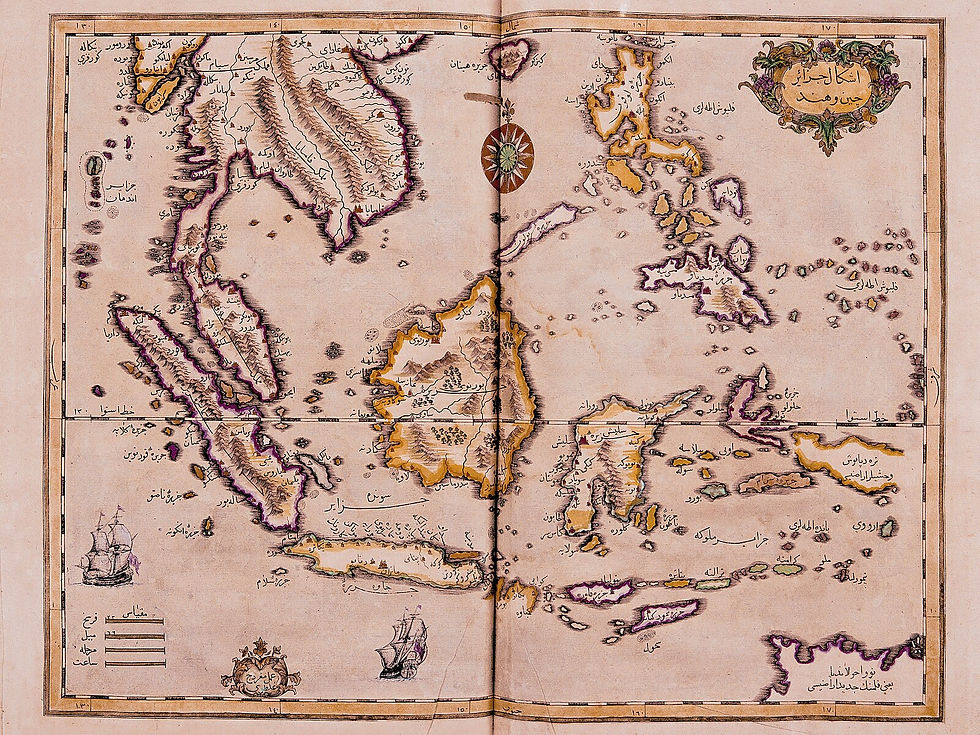Katip Çelebi (1609-1657), a prominent figure in both the scientific world and Ottoman intellectual circles, holds a significant place in the rich cultural heritage of the Ottoman Empire. As one of the important Ottoman thinkers of the 17th century, he worked in various fields such as geography, history, mathematics, and astronomy.
Here are some of his notable works:
1. Keşf-üz-Zünun: A comprehensive bibliography that introduces various works and their authors in world libraries.
2. Cihannüma: An important work on geography, considered one of the pinnacle works of Ottoman geography.
3. Fezleke: A history book that chronicles Ottoman history and lists significant events in chronological order.
However, his works in geography, especially the maps he prepared, highlight his importance and influence.
Katip Çelebi's maps depict the Ottoman geography of the time in detail. His work "Cihannüma," written in 1655, is filled with world maps and regional maps containing Ottoman territories. These maps are significant examples of the geographical knowledge and map-making techniques of that period.
Particularly noteworthy about Katip Çelebi's maps is the accurate depiction of geographical names and boundaries of the time. These maps are invaluable in understanding the complexity of Ottoman geography. His geographical knowledge and map-making skills are indicative of the scientific and intellectual atmosphere of the time.
However, Katip Çelebi's maps not only present geographical knowledge but also carry an artistic aesthetic. Their detailed drawings and coloring techniques make these maps valuable not only as geographical sources but also as works of art.
Today, Katip Çelebi's maps are an important subject of research and examination for historians, geographers, and art historians. These maps are a unique source for understanding the boundaries, geographical structure, and worldviews of the people of that time.
In conclusion, Katip Çelebi's maps are important works that preserve geographical knowledge and carry artistic value. His works reflect the intellectual and scientific vitality of the Ottoman period while providing a window to understand the geographical and cultural structure of that era.



Comments